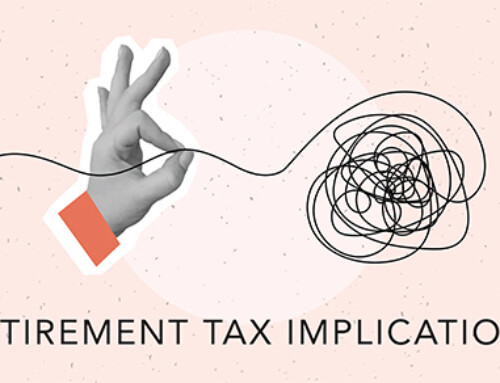
Information provided by IRS
Certain energy-efficient home improvements can cut your energy bills and save you money at tax time. The IRS suggest you keep the following key facts about home energy tax credits top of mind:
Non-Business Energy Property Credit
- Part of this credit is worth 10 percent of the cost of certain qualified energy-saving items you added to your main home last year. This may include items such as insulation, windows, doors and roofs.
- The other part of the credit is not a percentage of the cost. This part of the credit is for the actual cost of certain property. This may include items such as water heaters and heating and air conditioning systems. The credit amount for each type of property has a different dollar limit.
- This credit has a maximum lifetime limit of $500. You may only use $200 of this limit for windows.
- Your main home must be located in the U.S. to qualify for the credit.
- Be sure you have the written certification from the manufacturer that their product qualifies for this tax credit. They usually post it on their website or include it with the product’s packaging. You can rely on it to claim the credit, but do not attach it to your return. Keep it with your tax records.
- You must place qualifying improvements in service in your principal residence by Dec. 31, 2016.
Residential Energy Efficient Property Credit
- This tax credit is 30 percent of the cost of alternative energy equipment installed on or in your home.
- Qualified equipment includes solar hot water heaters, solar electric equipment, wind turbines and fuel cell property.
- Qualified wind turbine and fuel cell property must be placed into service by Dec. 31, 2016. Hot water heaters and solar electric equipment must be placed in to service by Dec. 31, 2021.
- The tax credit for qualified fuel cell property is limited to $500 for each one-half kilowatt of capacity. The amount for other qualified expenditures does not have a limit. If your credit is more than the tax you owe, you can carry forward the unused portion of this credit to next year’s tax return. • The home must be in the U.S. It does not have to be your main home, unless the alternative energy equipment is qualified fuel cell property.
Questions? Give us a call!





